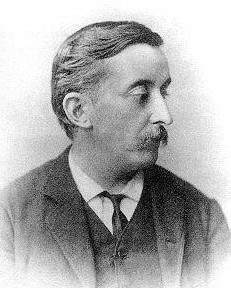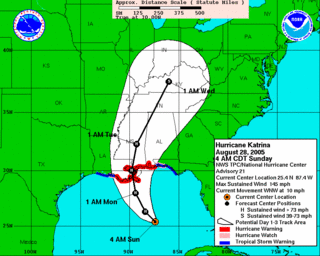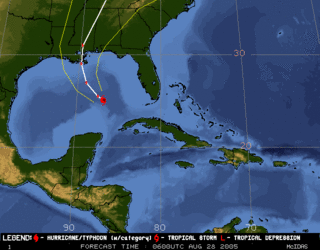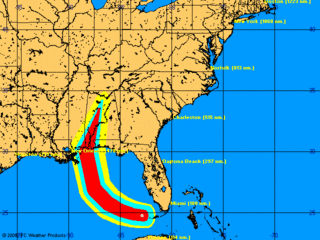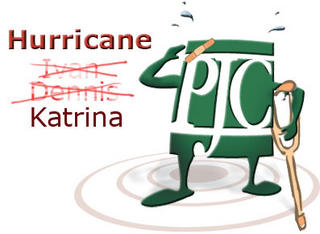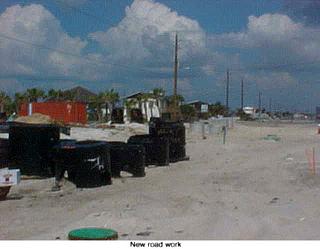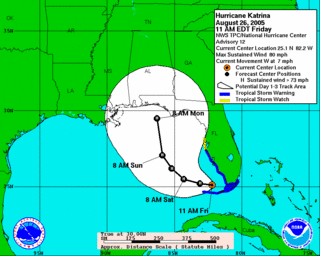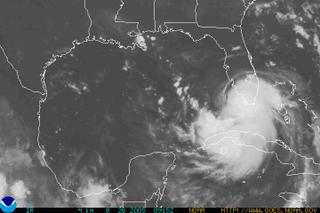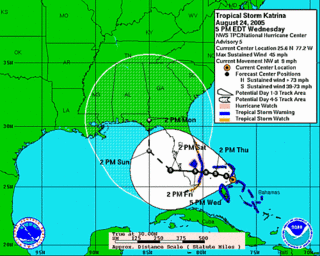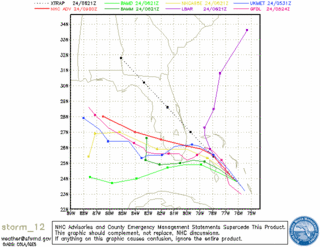-- New Orleans shopkeeper
A 3 p.m. Wednesday update from the New Orleans Times-Picayune carries two anecdotes of interest -- and concern.
First is one among many vignettes concerning stranded New Orleans residents:
For the past two days, a flotilla of small boats commanded by officers with the New Orleans Police Department, Coast Guard, Department of Wildlife and Fisheries, and a smattering of private boats, had been plucking people from oases of safety in what looks like an ocean of water-surrounded rooftops, and brought them to the bridge.Next is a human interest sketch about a local shopkeeper trying to keep his drygoods dry while a customer dropped in, hoping to buy some cigarettes from him:
The last of the group arrived around dusk on Tuesday, when the flotilla ceased operations for safety reasons, but the last National Guard truck left at about that same time, and as of 10:30 a.m., no more had arrived.
And that’s got people concerned. When someone drove through the area in a truck towing a boat, a group of people surged around it, screaming at the driver.
Robert Buras, whose family has owned the business at Royal and St. Anne for 41 years, smiled.Both stories raise the question, 'So where is the Louisiana National Guard?' Apparently, the answer is most of them are in Iraq.
"I put the smokes up high, so [you should] let the water recede and then come by and yell up to that top window," he said, pointing up to an apartment above and behind the store. "And I’ll throw you down some smokes. But if they’re talking a month before people can come back, it might only be four."
He then turned to another person and said, "I’ve got to ration stuff, you know. All the National Guard that knows how to fight hurricanes is over in Iraq. They took my cavalry, man."
The Louisiana National Guard is on alert, but thousands of guard troops from the state are now serving in Iraq.In fact, according to a pdf file from an August 2005 Defense Department report, 4,109 Louisiana Army National Guardsmen (and 194 Air National Guard and Air Reserves) are serving in Iraq right now. (4,793 Mississippi and 2,432 Alabama guardsmen also are there). That's more than all but six other states, and nearly half again as many guardsmen as Florida has serving in the war zone.
[New orleans Mayor Ray] Nagin said 1,500 troops are immediately available, however, and another 2,500 have been mobilized.
Louisiana's national guard equipment is in Iraq, too, as Lt. Colonel Pete Schneider of the LA National Guard publicly complained on August 1:
When members of the Louisiana National Guard left for Iraq in October, they took a lot equipment with them. Dozens of high water vehicles, humvees, refuelers and generators are now abroad, and in the event of a major natural disaster that, could be a problem.On Tuesday, Florida began mobilizing "more than 500 Florida National Guard troops" for duty in Alabama, Mississippi, and Louisiana. Altogether, The New York Times reports, "Nearly 11,000 National Guard troops were being deployed in Louisiana, Mississippi, Alabama and Florida." Obviously, a majority of them are from neighboring states.
"The National Guard needs that equipment back home to support the homeland security mission," said Lt. Colonel Pete Schneider with the LA National Guard.
Col. Schneider says the state has enough equipment to get by, and if Louisiana were to get hit by a major hurricane, the neighboring states of Mississippi, Alabama and Florida have all agreed to help.
"As Governor Bush did for Ivan, after they were hit so many times, he just maxed all of his resources out, he reached out to Louisiana and we sent 200 national guardsmen to help support in recovery efforts," Col. Schneider said.
Members of the Houma-based 256th Infantry will be returning in October, but it could be much longer before the rest of their equipment comes home.
"You've got combatant commanders over there who need it they say they need it, they don't want to lose what they have, and we certainly understand that it's a matter it's a matter of us educating that combatant commander, we need it back here as well," Col. Schneider said.
Well, it's a start. But wouldn't it be more humane, and isn't the need more compelling -- and don't we owe it to them for their service -- to bring the troops home now?





